 ———————-
———————-
Hellraisers Journal – Thursday November 10, 1921
William Blizzard Joins Keeney and Mooney in Kanawha County Jail
From The Charleston Daily Mail of November 8, 1921:
WILLIAM BLIZZARD SEIZED TODAY,
IS PLACED IN PRISON
——-INDICTED OFFICIAL OF MINERS’ UNION
LOCKED UP BY SHERIFF WALKER
—————
Officer Tipped off to His Return Makes
Hurried Visit to Home Near City
——-
FOUND IN FRONT ROOM IN
CONVERSATION WITH WIFE
——-
Fugitive Given Time to Dress and
Then Is Brought to Kanawha Jail
——-
INSURRECTION CHARGED
——-
Indictment Result of Alleged Participation
in Miners’ Uprising
——-
William Blizzard, a sub-district president of the United Mine Workers, was arrested by Sheriff Walker at 11 a. m. today to answer an indictment charging insurrection and conspiracy with the miners’ march to Logan county last August. He was arrested at his home at St. Albans, where he had returned late last night, Sheriff Walker stated.
The indictment which was returned jointly against C. F. Keeney, Fred Mooney, , William Petry and William Blizzard, all officials of the miners’ union, charges conspiracy for the purpose of inflicting punishment and bodily injury on James Munsey, John Gore, John Casigo and other person in Logan county. Keeney and Mooney were brought to the county jail here last week, while Petry is still a fugitive from justice.
Information reaching Sheriff Walker about 10:30 this morning resulted in his arming himself with a capias and going immediately to Blizzard’s home. He was found with his wife and a man named Scott holding a conversation in a front room of the house. Told that he was wanted on an indictment, Walker stated, Blizzard asked time to dress and was brought to the jail…..
———————-
[Photograph added.]

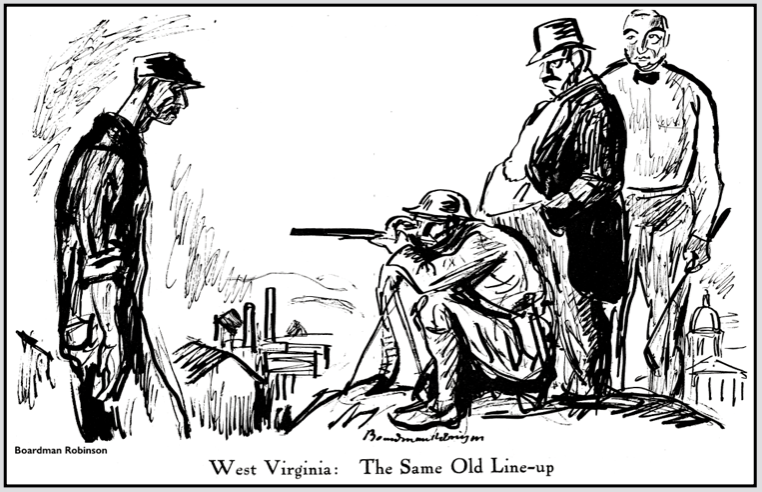
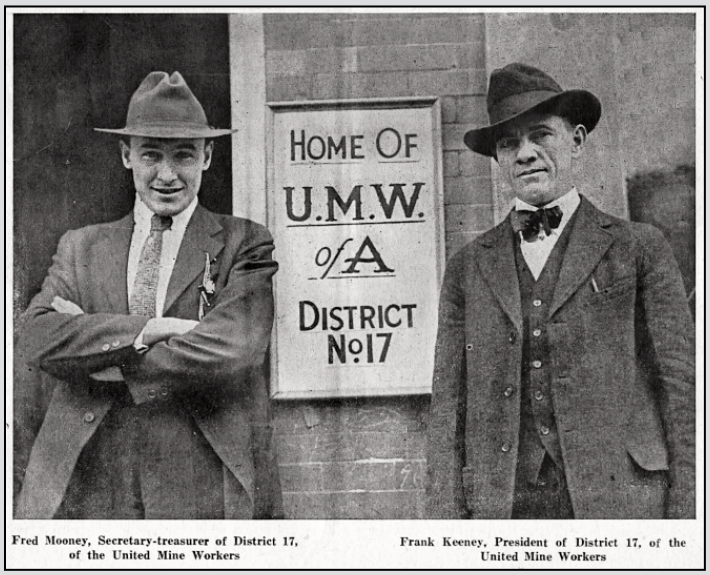
 —————
—————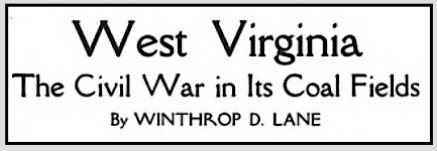
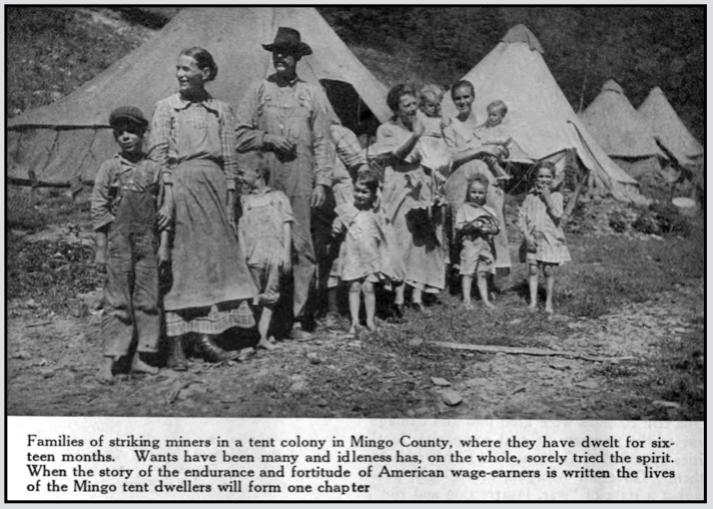
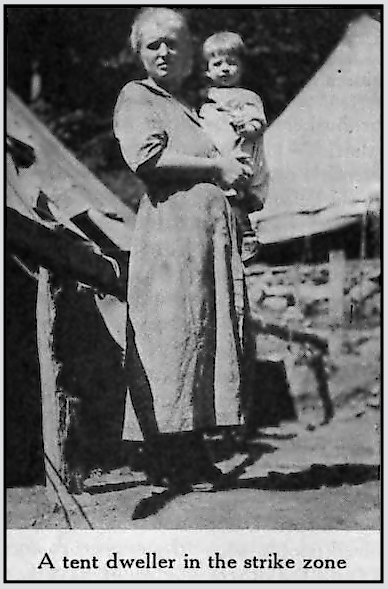
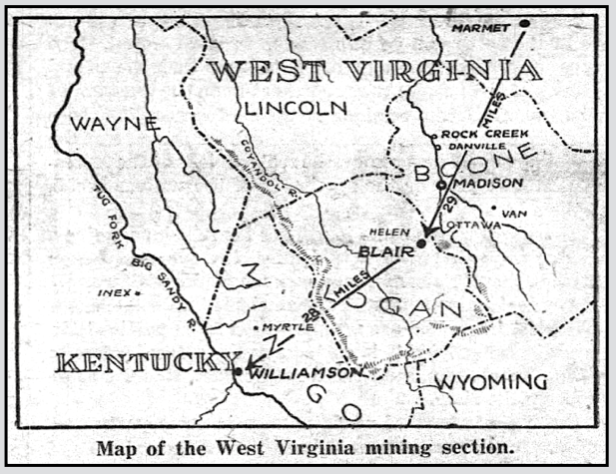
 —————
—————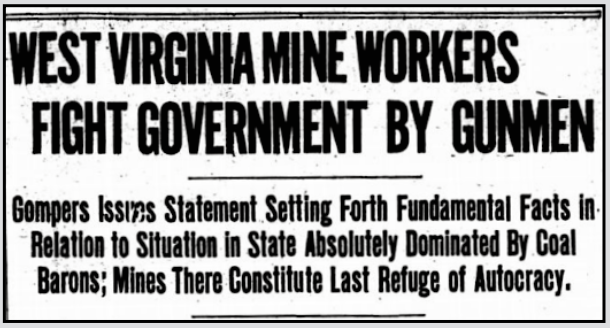
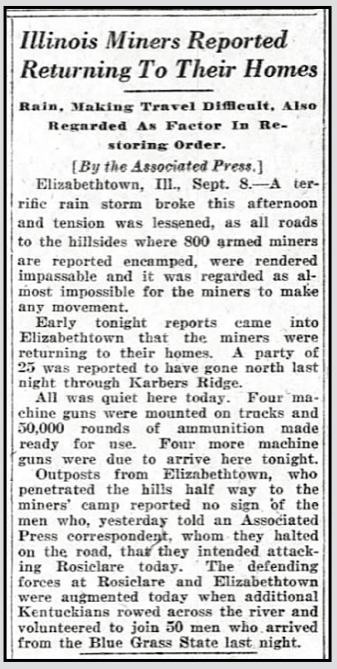
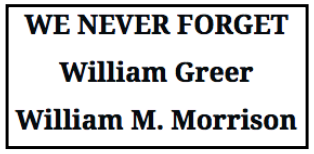 —————
—————